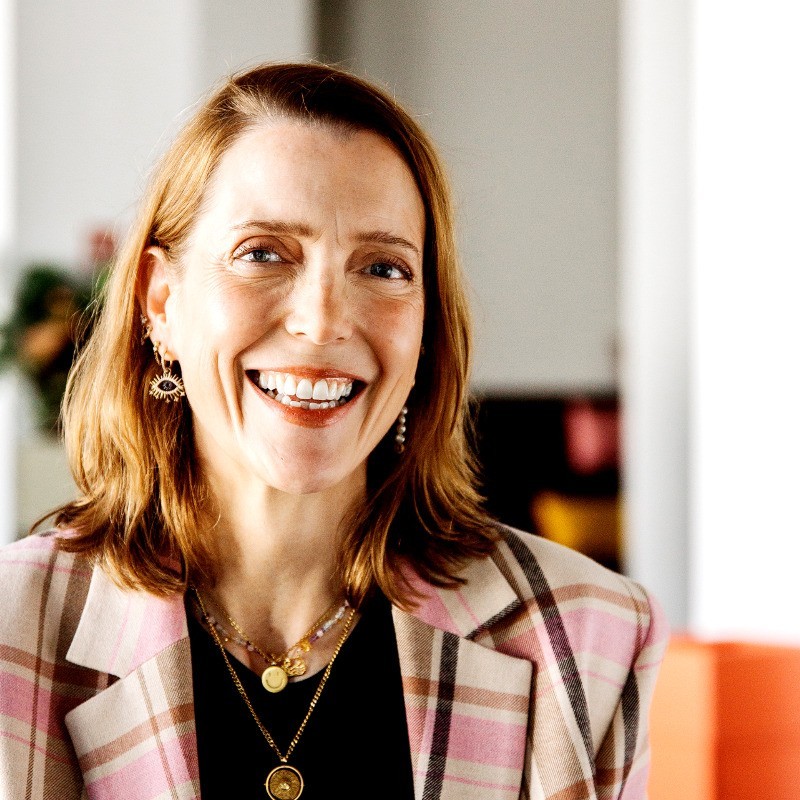This term may sound great and future-oriented and give the company the right image, but in truth "innovation" is nothing more than a buzzword. For the most part, the word is prioritized very generically and without a clear implementation plan, so that only 6% of executives* are actually satisfied with their innovation performance.
This is not surprising, because, in the end, 95% of the launched product innovations** fail - and this statistic doesn’t even reflect the number of unknown cases of innovative ideas that never made it to market.
Why do innovations perform so poorly?
The core of the problem lies in the development process: 82% of the companies*** approach innovation development in the same way as, for example, efforts to incrementally increase performancethereby missing critical growth opportunities. As a result, development processes take too long, final decisions for ideas are not made and a risk-averse culture undermines the idea development phase.
In order to accelerate the innovation process and enable faster decisions for or against innovative ideas, design thinking methods have come to the forefront in recent years. Such methods involve focusing on real human needs and validating ideas in real-world application scenarios. Although this results in innovation that meets existing market demands, our experience has shown that this is not yet sufficient. Even if you solve user needs, and there is a customer interest, the envisioned innovation is not immediately an economically viable product.
Many of the innovative ideas get shelved. The reason: In the innovation process, questions regarding the economic interests of the company or the resources required for the development process are not taken into account, making internal budget negotiations for project implementation difficult.
The sweet spot for innovation lies at the intersection of desirability (people must want it), technical feasibility (it must be achievable) and economic viability (it must be profitable and sustainable). If a component is missing or underrepresented, the innovation becomes riskier, more expensive and its sustainable success less likely.
Business Design - the best of two worlds
To reach the sweet spot of innovation, we have made business design the core of our innovation design process. This does not mean that creative innovation development is marginalized. It is rather that we at denkwerk promote a new understanding of innovation – reached via the combination of business and design.
The decisive and differentiating factor: Our business design teams consist of equal numbers of service/ product designers, business strategists, and tech experts. The interdisciplinary and close cooperation with a shared understanding as a team enables a seamless transfer of knowledge as well as the productive exchange of ideas and thoughts. The close collaboration between business and design as well as between the companies' experts increases the chances of groundbreaking, feasible, and sustainable innovation.
Our innovation design process is divided into three phases: research, design, and validation. The process build upon the principles of Design Thinking - such as interdisciplinary collaboration and a clear focus on human needs - to ensure desirability. At the same time, the process is complemented by business design methods to ensure profitability.
In the research phase, relevant user needs are analyzed and jobs-to-be-done for innovation development are defined. In addition, the competitive and market situation is examined with regard to potential market size, existing business models and future trends.
In the design phase, a product (or service) suitable for the target group and situation is thought through and designed in workshops and in close collaboration with the companies, and at the same time, a potential business model is developed for it. Here we use a Business Model Challenger Canvas, which follows a workshop format and helps us to develop the business model together with all experts, to scrutinize it, and to align it to ideas generated.
After the construction of a prototype, the critical final step in the innovation process is the validation phase. In user tests or beta markets, the product or service is tested for its functionality, target group appeal, and business model validity. After testing, both the business model and the product/service design adapt and integrate the "real world" findings, and are free from theoretical assumptions. This also enables the calculation of a more realistic and verifiable business case for investors or internal budget requests.
How Business Design @denkwerk helps to improve innovation performance
The core focus of our innovation design process is primarily on bringing together expertise: digital expertise, business expertise, and customer expertise. By synchronizing our digital and customer-centric expertise with our clients' experience and industry-knowledge, we can create enormous knowledge synergies. In this way, we can help to transform companies from the inside out and make them future-proof.
In addition, by synchronously processing different aspects of an innovative idea with a dedicated team, we quickly achieve tangible results. Results not only concerning the product idea and design but also concerning market and economy - such as a relevant business model - are covered in one go. A specific example is the innovation program "Chief of your own idea". Together with our client RheinEnergie, we took a rough idea and developed a robust prototype with all relevant features and a clear business case in just two weeks. The prototype enabled the client to present the concept convincingly and vividly to the company's innovation committee to attract new financial resources for implementation.
Finally, the planned test-and-optimization cycles of the innovation design process allow us to optimize the innovation idea continuously and to adapt to the constantly changing market conditions.
We change the process of innovation development in companies and thus remove the first hurdles of potential failure for innovations in the market. It is not about incremental performance optimization, but about revolutionary ideas that can be implemented quickly and tested in real market situations. Only in this way can we achieve fast decision cycles and successful innovative products and services.
Let us use knowledge synergies and innovate together in a transformative process!
Share this Spark
